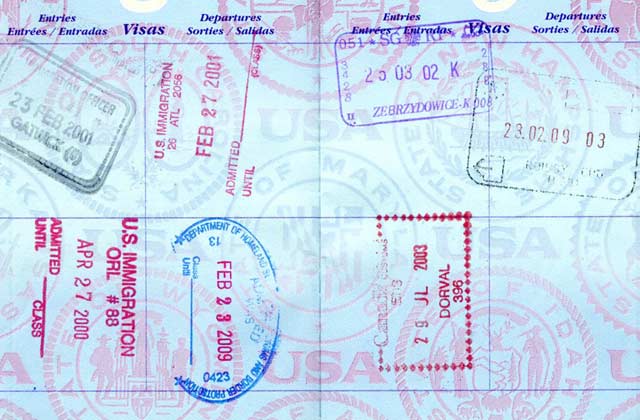The Supreme Court ruled Monday that some children who apply for visas to reside in the U.S. age out, and have to begin the process all over again after they turn 21 years old. The decision is expected to affect not only those young people, but their parents as well.
Back in 1998, Rosalina Cuellar de Osorio applied for visas through her mother, a U.S. citizen, for her and her son, Melvin. Melvin was 13 at the time and both he and his mother lived in El Salvador. The application itself was approved within a month, but the actual visa wasn’t presented until 2005. Melvin had already turned 21 years old by then, and the U.S. insisted that he had to begin the process all over again. His mother was allowed entry to the U.S., but the son was denied.
The 2002 Child Status Protection Act (CSPA) was created to protect people like Melvin from having to initiate the process all over again. But in 2009, the Board of Immigration Appeals ruled that the legislation wasn’t straightforward enough and could be understood to mean to only protect children applying through a Green Card holder, not through a citizen. An appeals court disagreed in 2012, citing the intent behind the law. And in 2013, a bipartisan group of senators who helped pass the CSPA –including John McCain (R-Az.) and Orrin Hatch (R-Ut.)– issued a brief explaining that the legislation was indeed created to protect young people like Melvin.
The justices ultimately sided with the Obama administration on Tuesday. The divided ruling includes at least four different interpretations of the CSPA.
If children are placed in the back of the line at 21, it’s likely their parents may continue to wait with them, even if already approved. It’s not unheard for family-based immigration visas to take more than a decade. In fact, one brief filed when de Osorio’s case was at the appeals court indicated the backlog for certain visa applications from Mexico "is approximately 115.5 years."
